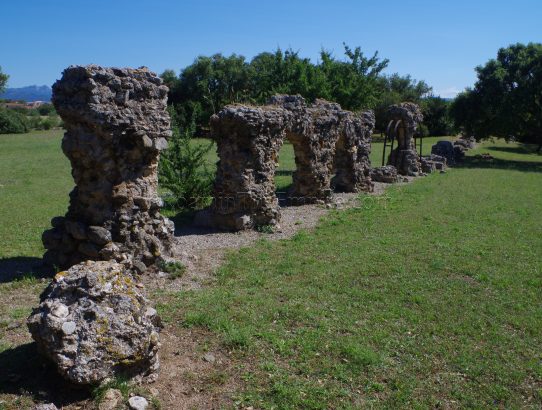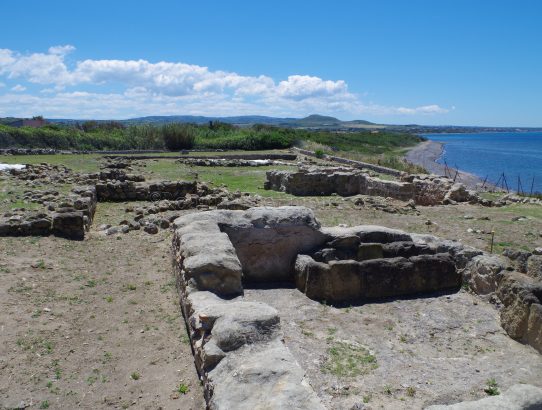Norba, Latium
Located on a plateau atop the Monti Lepini (Volscian Mountains), an anti-Apennine mountain range overlooking the Agro Pontino (Pomptinus Ager in antiquity; the land of the Pontine Marshes), sits the ancient settlement of Norba. The settlement’s commanding presence over the Pomptinus Ager made it a particularly important location in the control of the area. The…
Read More











